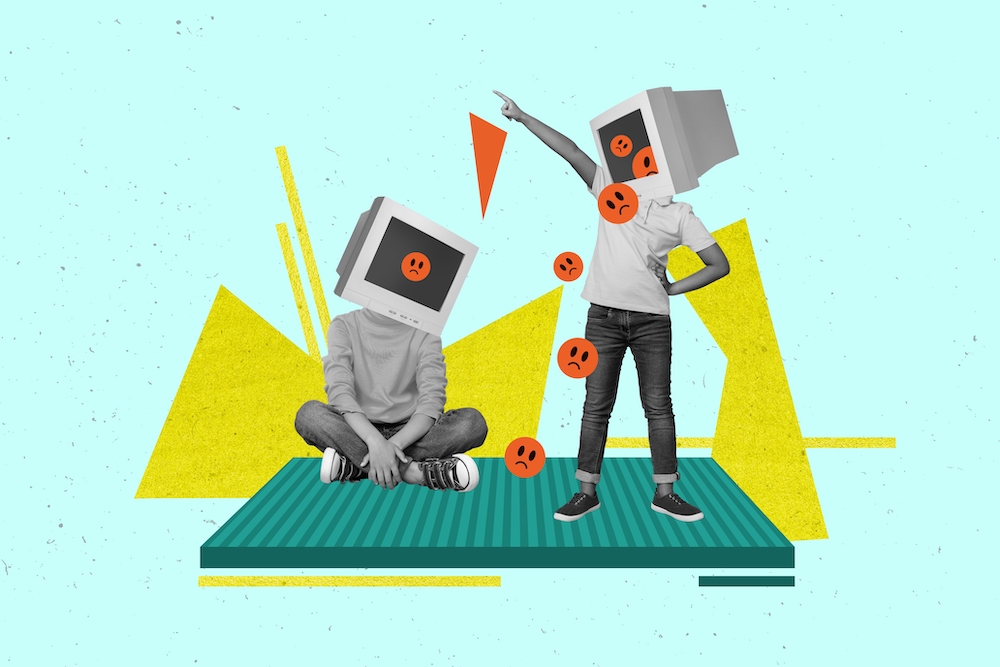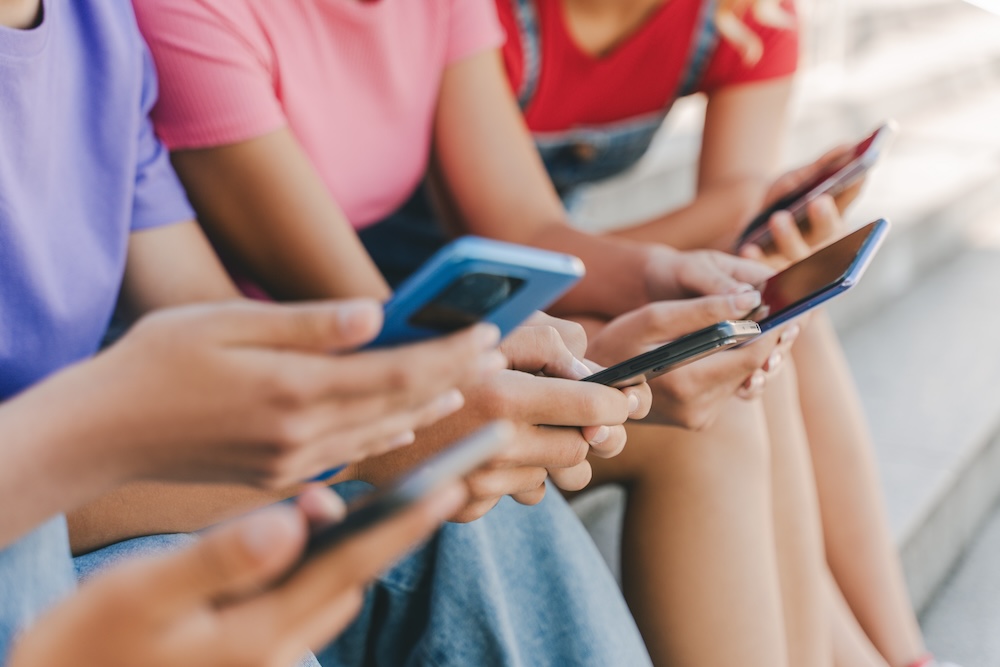In today’s digital era, cyberbullying is a major issue affecting children and teens. Cyberbullying is the use of digital and internet tools to intimidate, harass, humiliate, mock, and hurt someone. It can take place through social media, text messages, web forums, online apps, and online games. Some examples of cyberbullying include harassing or insulting text messages to someone’s phone, publishing social media posts that make fun of someone or embarrassing photos and videos, spreading rumors or untrue stories on the internet, and leaving hurtful comments and messages on people’s social media accounts.
Cyberbullying is harmful as posts and messages that are published on the internet or to social media can spread very quickly and cause severe humiliation for the victim. Furthermore, it can be difficult sometimes to identify who is behind the cyberbullying as posts and messages can be created anonymously or through an alias. Cyberbullying can also happen at any time and from anywhere. And just like face-to-face bullying, cyberbullying can affect a child’s academic performance in school, mental and physical health, sleep, diet, self-esteem, and social life. Cyberbullying also increases the risk of substance abuse and suicide.
Dealing with cyberbullying can be challenging and emotional for families. But there are many ways to protect your child from it. Firstly, it’s important to pay close attention to your child’s behavior and mental health. If you suspect something is troubling them, start a dialogue with them to see what’s going on and encourage them to open up to you. If your child is a victim of cyberbullying, document the activities and be aware of where they’re occurring. By collecting documentation and screenshots, you can report the events and have them removed from the digital platforms. Social media and other types of apps have developed processes for handling cyberbullying and are responsive about removing harmful content. Check the app’s community standards for info on how to report abuse.
For text messages and harassing phone calls, you can report the phone number to your mobile company and have it blocked so that your child doesn’t receive any further contact. If you can identify a classmate who is behind the cyberbullying, make sure to report the incident to the school as well. For any abuse that persists, you may need to reach out to resources in your community or at your child’s school to assist with the problem.
It’s also important to teach your child how to stay safe online. Social media apps have privacy settings that can be implemented to eliminate contact from bullies and abusive online users. Advise your child to be careful of who they share their contact and online info with and to use security measures to protect their online accounts.
If your child is a victim of cyberbullying, let them know that you are there for them and will support them to get through it. Cyberbullying can be a frightening experience and it’s helpful for your child to know they’re not alone. Check in on how they’re feeling to properly guide them and boost their self-esteem. If your child needs additional help, there are many mental health resources available. As always, please contact our pediatrician for assistance.


